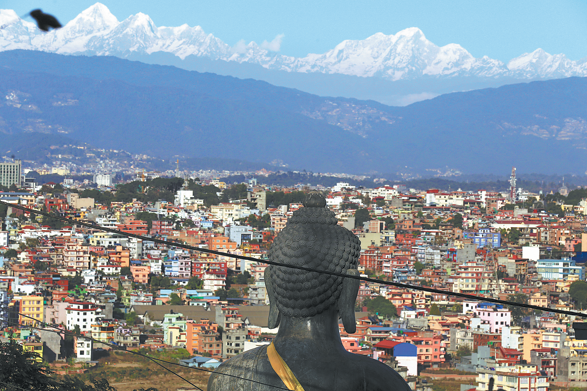Exhibition highlights Netherlands' role in slavery

The Netherlands is talking about its slave-trading past through an exhibition in the capital that sheds light on 200 years of murderous exploitation.
The Amsterdammers and Slavery exhibition, which opened on Wednesday in Amsterdam's municipal archives, marks 157 years since slavery was abolished in the Dutch colonies of Suriname and the Dutch Antilles.
The end of slavery in those colonies on July 1, 1863 came 30 years after the United Kingdom abolished slavery, on Aug 28, 1833, but two years before the United States ended its role in the shameful trade, on Dec 18, 1865.
France and Portugal were also major European slave-trading nations at the time, with France abolishing slavery on April 27, 1848, and Portugal ending its role in the transatlantic slave trade in 1836.
In 1888, Brazil became the last large country to formally end its participation in the transatlantic slave trade, although slavery continues around the world in many forms to this day.
Organizers say the exhibition in Amsterdam features a copy of the only drawing of a Dutch West India Company slave ship known to have been made at the time.
The picture, from the early 1700s by the artist Hendrik de Leth, features a vessel on which more than 1,000 people died during seven horrific, crowded journeys from Africa to the Dutch colonies of Suriname and St Eustatius, transatlantic journeys that each typically took around a year to complete.
In all, The Beeckestijn transported around 4,600 people to South America and the Caribbean between 1722 and 1736.
The print of The Beeckestijn in the Prins Hendrikkade docks is a well-known representation of the port at the time but the ship's true role was not previously known. Historian Mark Ponte, who is curating the archive's exhibition, was shocked to find archive records that showed it was part of the Dutch slave-trading fleet.
"It is the first 18th century print of a Dutch West India Company ship that we know of," Ponte told the Guardian newspaper. "This copy was in the Amsterdam city archives collection, and if you don't know, you wouldn't be able to tell that it is a slave ship… I put the name in a database and discovered it was a slave ship based in Amsterdam on which more than 1,000 died."
He told the paper the Black Lives Matter protests that have swept the world demanding equality for all people, regardless of ethnicity, are making the exhibition even more relevant, but are not the reason why the exhibition is being staged.
"The city of Amsterdam is currently researching its own involvement in the slave trade and that is why we wanted to do this exhibition," Ponte said. "We started work on this long before the recent, strong Black Lives Matter protests."
































